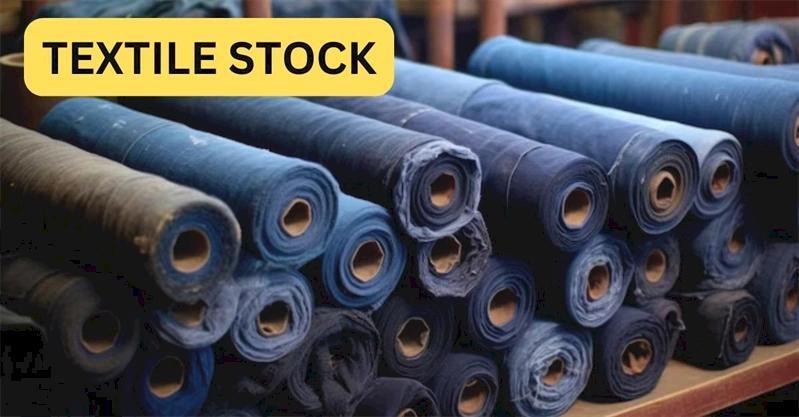
R&B Denims Expands into Garment Manufacturing: A Step Towards Sustainability and Vertical Integration
In a move that is set to revolutionize the textile industry, R&B Denims, a leading denim fabric manufacturer, has expanded its business operations by entering the garment manufacturing segment. The company has launched its denim garments, including jeans and jackets, at its existing facility, marking a significant milestone in its journey towards vertical integration, export market expansion, and sustainability.
R&B Denims has invested an initial ₹1.25 crore to fund machinery and infrastructure for this expansion. The company’s decision to diversify its product portfolio and manufacturing capabilities is a strategic move to capitalize on the growing demand for denim garments and to strengthen its position in the market.
Benefits of Vertical Integration
By entering the garment manufacturing segment, R&B Denims is able to achieve vertical integration, which allows the company to control the entire value chain, from fabric production to garment manufacturing. This move enables the company to improve quality control, reduce production costs, and increase efficiency.
Vertical integration also allows R&B Denims to respond quickly to changes in market demand and consumer preferences. With its own garment manufacturing facility, the company can design, produce, and distribute its products more effectively, giving it a competitive edge in the market.
Export Market Expansion
The garment manufacturing segment is a significant contributor to India’s textile exports. By entering this segment, R&B Denims is poised to tap into the growing demand for denim garments from international markets. The company’s existing relationships with global brands and buyers in the denim segment will provide a strong foundation for its export business.
R&B Denims is well-positioned to capitalize on the growing demand for sustainable and socially responsible products. The company’s garment manufacturing facility is designed to meet the highest standards of quality, sustainability, and social responsibility.
Sustainability Focus
The garment manufacturing segment is a significant contributor to textile waste and pollution. R&B Denims is committed to minimizing its environmental impact and promoting sustainability in its manufacturing processes.
The company’s garment manufacturing facility is designed to reduce water and energy consumption, minimize waste, and promote recycling and reuse of materials. R&B Denims is also committed to ensuring fair labor practices and working conditions for its employees and suppliers.
Competitive Advantage
R&B Denims’ entry into the garment manufacturing segment provides the company with a competitive advantage in the market. With its own garment manufacturing facility, the company can respond quickly to changes in market demand and consumer preferences, and offer a wider range of products to its customers.
The company’s existing relationships with global brands and buyers in the denim segment will provide a strong foundation for its export business. R&B Denims is well-positioned to capitalize on the growing demand for sustainable and socially responsible products, and to establish itself as a leader in the garment manufacturing segment.
Conclusion
R&B Denims’ expansion into garment manufacturing is a significant milestone in the company’s journey towards sustainability, vertical integration, and export market expansion. The company’s commitment to quality, sustainability, and social responsibility will enable it to establish itself as a leader in the garment manufacturing segment.
With its own garment manufacturing facility, R&B Denims is well-positioned to capitalize on the growing demand for denim garments and to strengthen its position in the market. The company’s decision to invest in machinery and infrastructure for this expansion demonstrates its commitment to growth and profitability.
As the company continues to expand its business operations, we can expect to see significant growth and revenue generation in the coming years.
Source:





